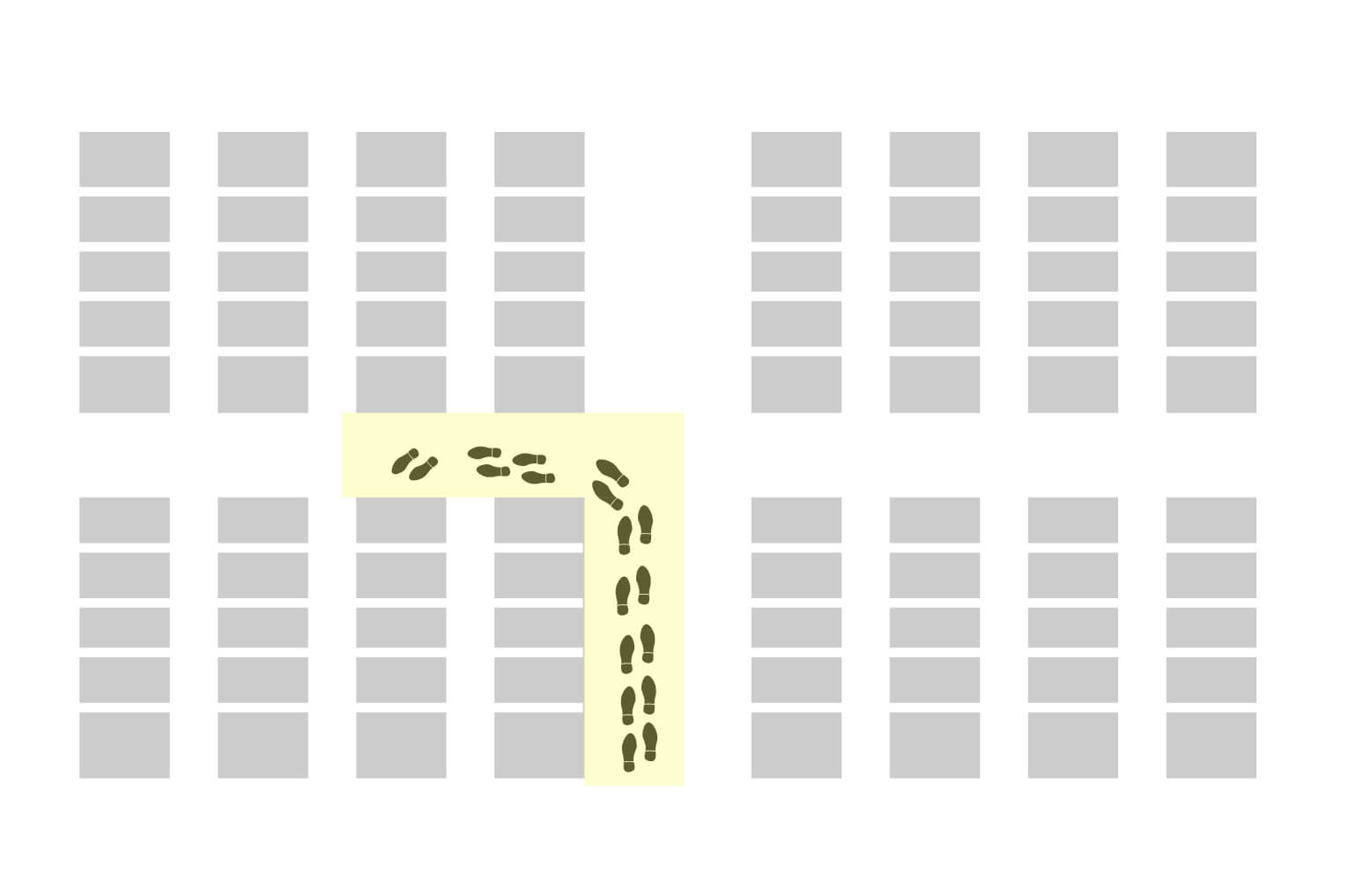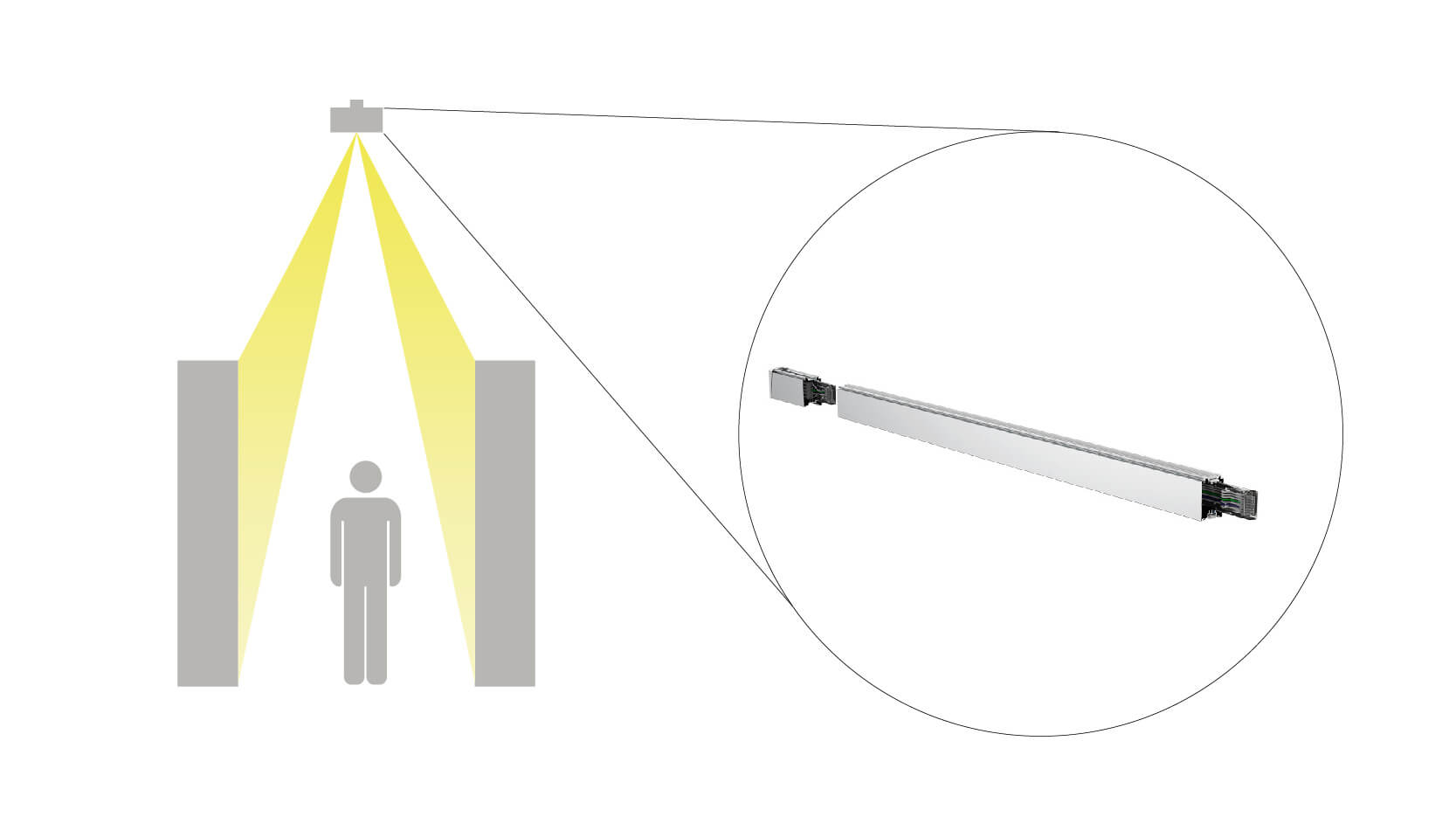Smart Data Center Lighting –
The importance of vertical illumination in Data Center application.
Many times when a lighting design is called for a data center, we come across a common specification to meet the illumination level on a horizontal plane. However, this may not be true for such an application and the critical focus should instead be on the vertical plane. This is because the network or service engineers will need the front of the racks to be brightly and evenly lit for them to carry out the diagnostic tasks efficiently.
We have the split lens optical solution to put the light where it is meant to be. Coupled with integrated sensors and software controls, the solution can be further expanded to provide data collection, energy monitoring and optimization, scheduling and fault analysis with ease from a centralised or even a remote handheld device. With these value-added solutions, you profit from energy-efficient illumination, significant decreases in power usage and a secured and stable ecosystem.


